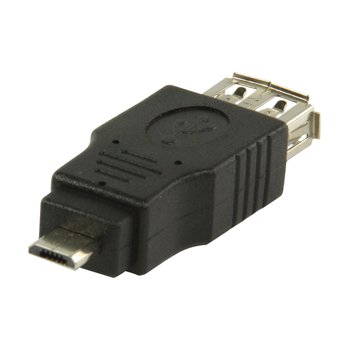- Sep 11, 2013
- 131
- 0
- 0
Hey, I'm getting my Venue 8 Pro this Tuesday (yeaaah  ), and I already purchased a USB adapter (see images) to install some programs from my school via USB. I've heard of people using OTG (On-thego) adapters, that look very similar but are a little bit more expensive. I've tried my new adapter with my Galaxy S III and OTG Disk Ex (app), but nothing shows up. The USB drive works fine with both USB 3.0 and USB 2.0 on Windows 8.1 (my desktop).
), and I already purchased a USB adapter (see images) to install some programs from my school via USB. I've heard of people using OTG (On-thego) adapters, that look very similar but are a little bit more expensive. I've tried my new adapter with my Galaxy S III and OTG Disk Ex (app), but nothing shows up. The USB drive works fine with both USB 3.0 and USB 2.0 on Windows 8.1 (my desktop).
My question is, what is the difference between my adapter, and an OTG USB adapter? Is there any?
USB 2.0 adapter - A female / micro B male:

USB 2.0 OTG adapter - A female / micro B male:

The images do not represent the actual product, as I recieved a slightly different brown-ish adapter, but it's all the same really. It's a $3 product, and 20% of that is Danish taxes.
My question is, what is the difference between my adapter, and an OTG USB adapter? Is there any?
USB 2.0 adapter - A female / micro B male:
USB 2.0 OTG adapter - A female / micro B male:

The images do not represent the actual product, as I recieved a slightly different brown-ish adapter, but it's all the same really. It's a $3 product, and 20% of that is Danish taxes.

